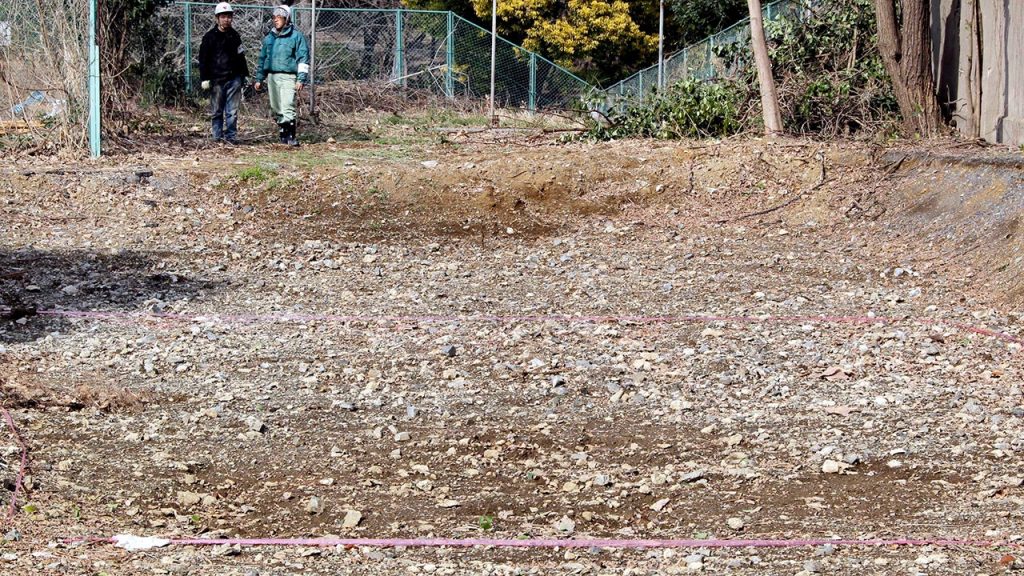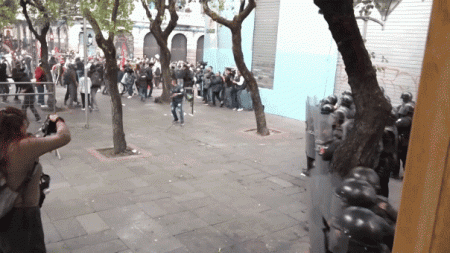The bones discovered in a Tokyo repository that date back to the early 20th century have sparked a debate about whether they are remnants from anatomy classes or the unidentified victims of wartime human germ warfare experiments. A group of activists, historians, and experts are calling for an independent investigation into the bones, hoping to uncover links to wartime atrocities. Japan’s government has long avoided discussions about wartime crimes, including the sexual abuse of comfort women and forced laborers, citing lack of documentary proof. The discovery of these bones has reignited the conversation about Japan’s involvement in these dark chapters of history.
The skulls and skeletons were unearthed during the construction of a Health Ministry research institute at the former site of the wartime Army Medical School. The close ties of the school to a germ and biological warfare unit have led many to believe that these bones may be related to a history that the Japanese government has not officially acknowledged. Unit 731, based in Japanese-controlled northeast China, conducted heinous experiments on prisoners of war, including injecting them with diseases and performing unnecessary surgeries. High-ranking officials of Unit 731 were never tried in postwar tribunals, allowing them to go on to new careers in academia and pharmaceuticals.
A previous Health Ministry investigation concluded that the bones were likely from bodies used in medical education or brought back from war zones, but some interviewees suggested connections to Unit 731. An anthropological analysis found that the bones were from at least 62 different bodies, mostly adults from various parts of Asia. While the analysis did not find conclusive evidence linking the bones to Unit 731, activists argue that the government should do more to uncover the truth, including conducting DNA testing and publishing full accounts of witness interviews. The lack of documentary evidence makes finding new proof difficult.
Activist and former Shinjuku district assembly member Kazuyuki Kawamura has obtained research materials from the 2001 report through freedom of information requests, revealing that critical information was excluded from witness accounts. Witnesses described seeing heads in barrels and handling specimens, suggesting a possible link to Unit 731. Kawamura’s goal is to identify the bones and return them to their families, as they serve as crucial evidence of the atrocities that took place. The government maintains its position that the bones cannot be definitively connected to Unit 731 due to a lack of concrete evidence.
Hideo Shimizu, a former lab technician at Unit 731, shared his experiences during the meeting, recalling the horrific sights he witnessed at the unit, including dissected bodies and fetus remains. Shimizu was entrusted with collecting bones of burned prisoners shortly before Japan’s surrender in 1945, and was ordered never to speak about his experiences. Despite being unable to confirm if the specimens he saw may be among the Shinjuku bones, Shimizu is adamant about the importance of educating younger generations about the tragedies of war. The discovery of these bones serves as a reminder of the atrocities committed during wartime and the need to uncover the truth about Japan’s past.













